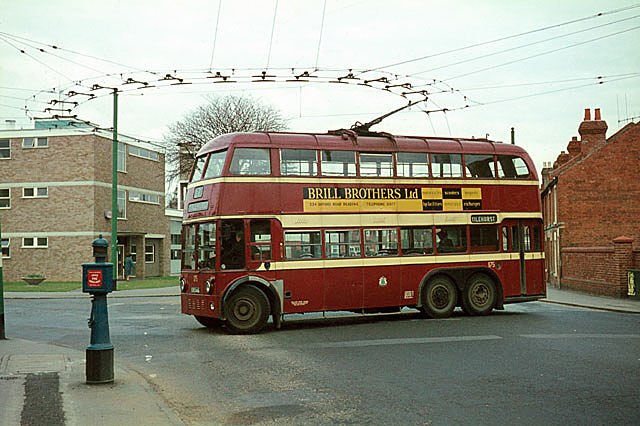The Marmon-Herrington Company, Inc. is an American manufacturer of axles and transfer cases for trucks and other vehicles. Earlier, the company built military vehicles and some tanks during World War II, and until the late 1950s or early 1960s was a manufacturer of trucks and trolley buses. Marmon-Herrington had a partnership with Ford Motor Company, producing trucks and other commercial vehicles, such as buses. The company may be best known for its all-wheel-drive conversions to other truck maker's units, especially to Ford truck models. Founded in 1931, Marmon-Herrington was based in Indianapolis, Indiana, with a plant in Windsor, Ontario, and remained in Indianapolis until 1963. It is now based in Louisville, Kentucky.
Marmon-Herrington all-wheel-drive converted Ford 1/2-ton truck. Delivered in small numbers to the U.S. and Belgian Armies, and some other countries, circa 1936
Two Marmon-Herrington CTLS (Combat Tank Light Series) U.S. tanks maneuvering in a mountain pass in Alaska in 1942
Ford F-6 Marmon-Herrington, produced in a factory in Antwerp
Ford-Marmon-Herrington half-track
A trolleybus is an electric bus that draws power from dual overhead wires using spring-loaded trolley poles. Two wires, and two trolley poles, are required to complete the electrical circuit. This differs from a tram or streetcar, which normally uses the track as the return path, needing only one wire and one pole. They are also distinct from other kinds of electric buses, which usually rely on batteries. Power is most commonly supplied as 600-volt direct current, but there are exceptions.
Busscar trolleybus in São Paulo, Brazil
Solaris trolleybus in Landskrona, Sweden
The "Elektromote", the world's first trolleybus, in Berlin, Germany, 1882
A double-deck trolleybus in Reading, England, 1966








